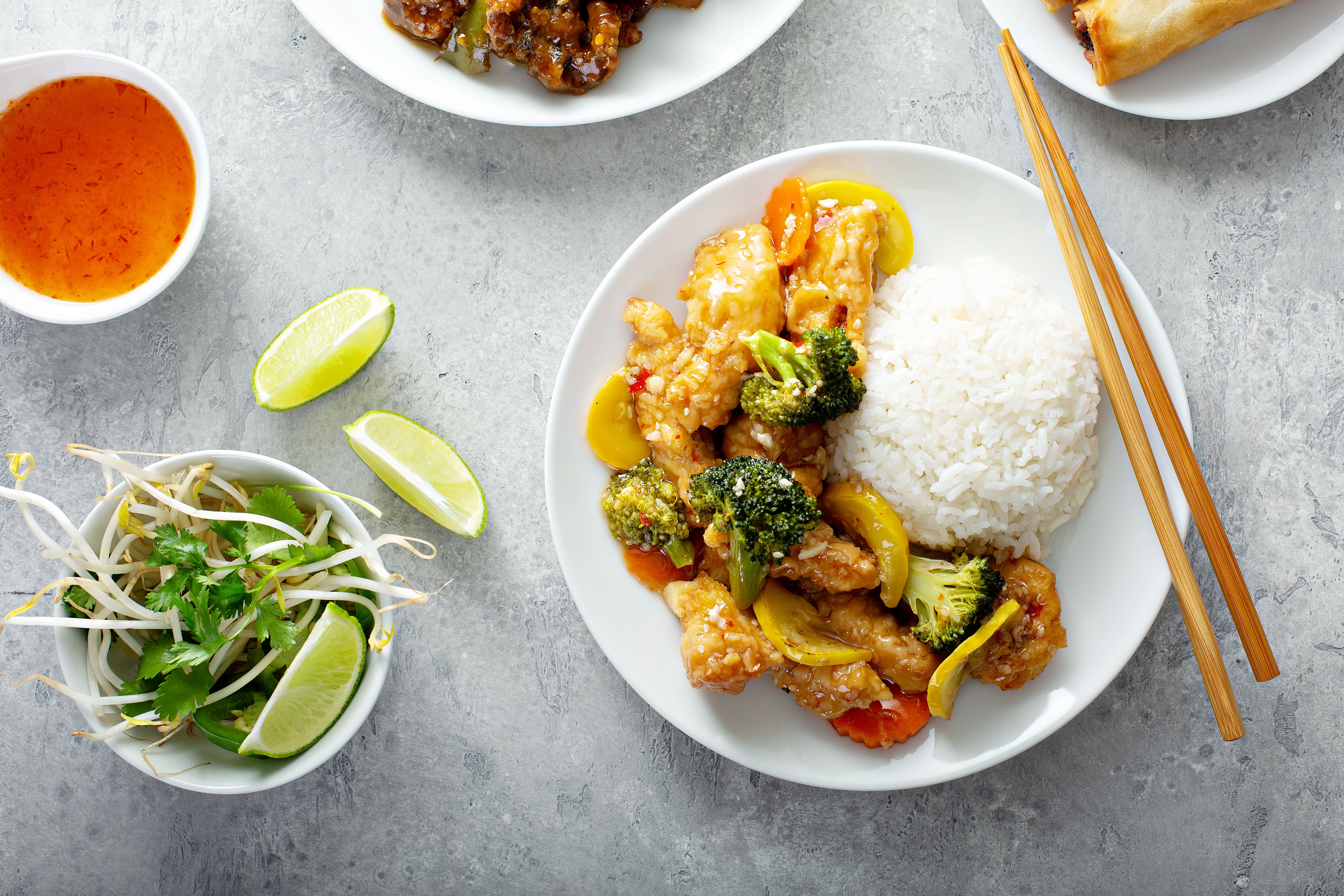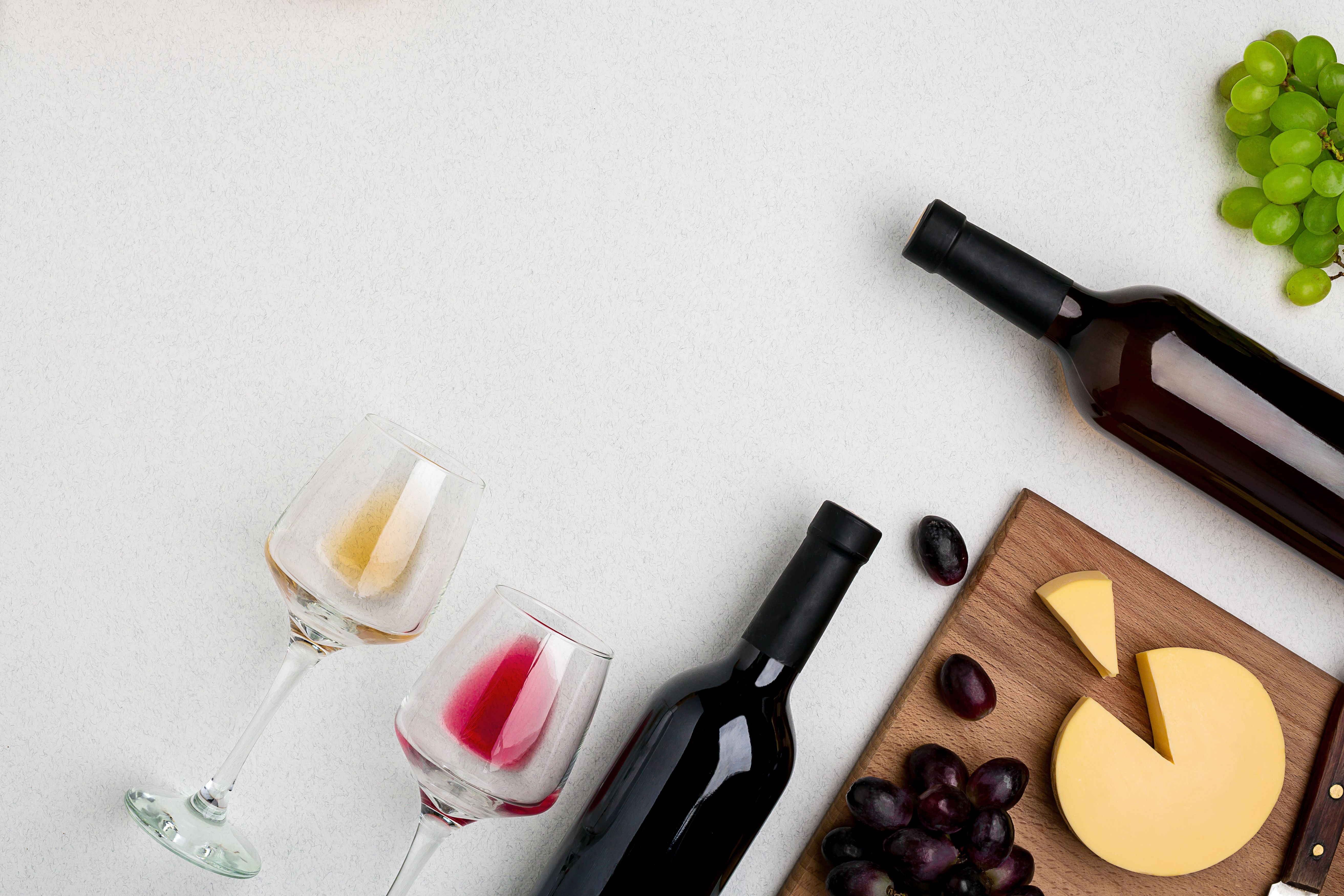The Art of Degustation: Hosting a Global Tasting Menu
Introduction to Degustation
Degustation, often referred to as a tasting menu, is an exquisite dining experience that allows guests to savor a curated selection of small dishes. This culinary art is designed to showcase the chef's skills and the diversity of flavors from various cuisines. Hosting a global tasting menu can transport your guests on a gastronomic journey around the world without leaving the dining table.

The Essentials of a Tasting Menu
When planning a global tasting menu, it's essential to focus on balance and variety. Each dish should complement the next, ensuring a harmonious flow of flavors and textures. Consider the order of dishes carefully, starting with lighter flavors and gradually moving to richer, more complex ones. This progression helps to maintain interest and excitement throughout the meal.
It's also important to consider portion sizes. Since degustation involves multiple courses, each serving should be small enough to allow guests to enjoy every dish without feeling overwhelmed. This approach ensures that the focus remains on quality and the intricate details of each creation.
Curating a Diverse Culinary Experience
To create a truly global tasting menu, select dishes from different regions and cultures. This diversity not only adds excitement but also educates guests about the rich tapestry of flavors the world has to offer. You might start with a delicate Japanese sashimi, followed by a vibrant Indian curry, and finish with a decadent French dessert.

While diversity is key, ensure that there is a common theme or story that ties all the dishes together. This could be as simple as using seasonal ingredients or highlighting a particular cooking technique. A cohesive theme enhances the overall dining experience and provides a narrative thread for guests to follow.
Pairing Beverages with Dishes
A well-curated tasting menu is often complemented by an equally thoughtful selection of beverages. Pairing wines, cocktails, or non-alcoholic options with each course can elevate the flavors and bring out the best in each dish. It's important to choose beverages that enhance rather than overpower the food.
Consider working with a sommelier or beverage expert to create pairings that reflect the global nature of your menu. This collaboration can lead to unexpected and delightful combinations that further enrich the dining experience.

The Art of Presentation
In degustation, presentation is as important as taste. Each dish should be a visual masterpiece, designed to intrigue and delight the senses. Use elegant plating techniques to showcase the colors, textures, and artistry of your creations. Remember, guests eat with their eyes first.
Attention to detail can make all the difference. Use garnishes strategically to add pops of color or texture, and ensure that each plate is clean and precise. The goal is to create a feast for the senses that leaves a lasting impression.
Creating an Inviting Atmosphere
The ambiance plays a crucial role in enhancing the degustation experience. Set the scene with soft lighting, comfortable seating, and a carefully selected playlist that complements the theme of your menu. Every element should work together to create an intimate and inviting atmosphere.

Consider providing guests with a printed menu that outlines each course and its origin. This not only adds an element of anticipation but also offers an educational aspect to the meal. Guests can appreciate the thought and care that went into crafting each dish, making their dining experience even more memorable.
Conclusion: A Culinary Adventure
Hosting a global tasting menu is an art form that requires careful planning, creativity, and attention to detail. By curating a diverse selection of dishes, pairing them with complementary beverages, and presenting them beautifully, you can create a memorable culinary adventure for your guests. Embrace the challenge and let your creativity shine in this unique dining experience.
Commercial Kitchen http://avice.org
